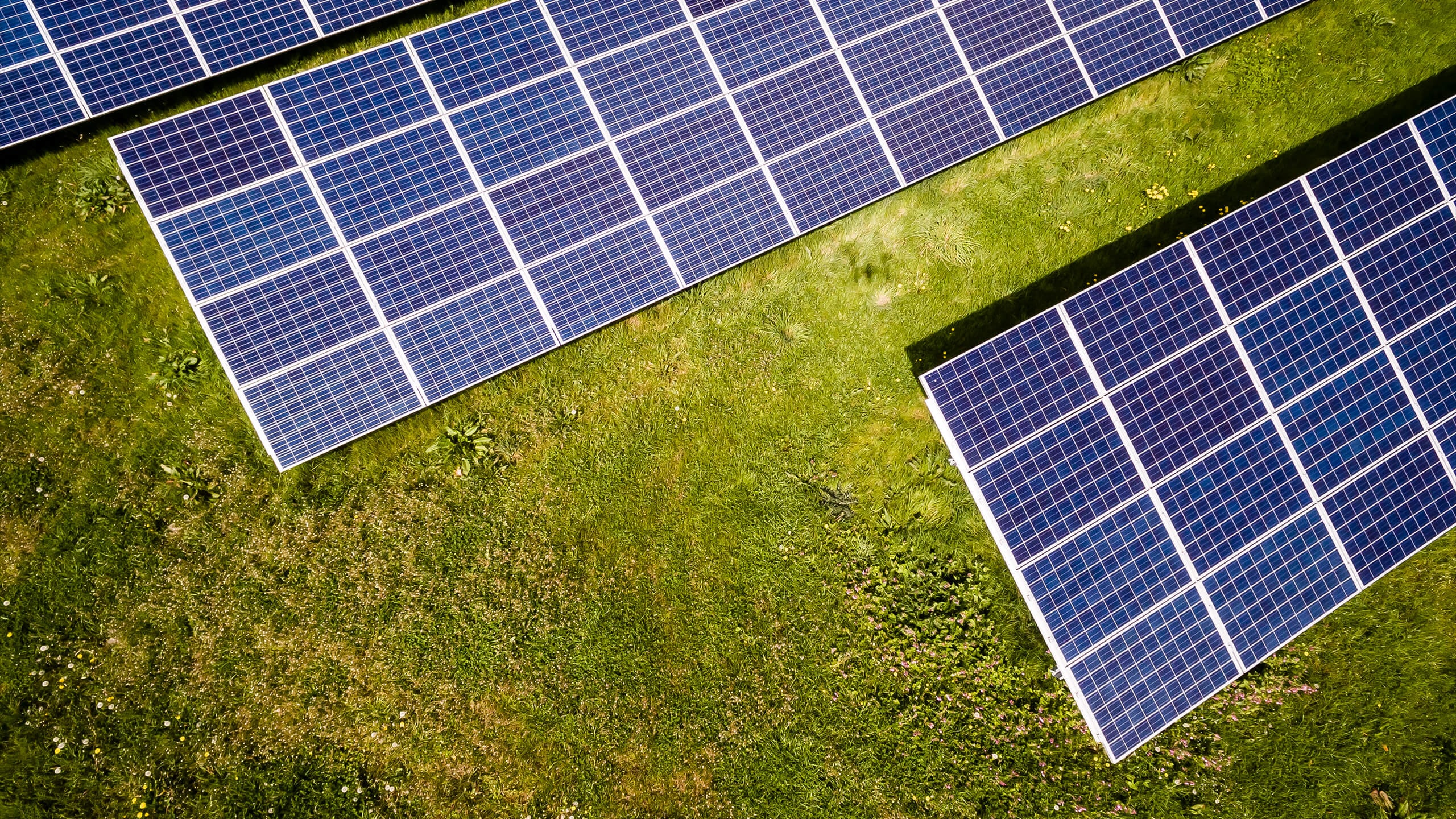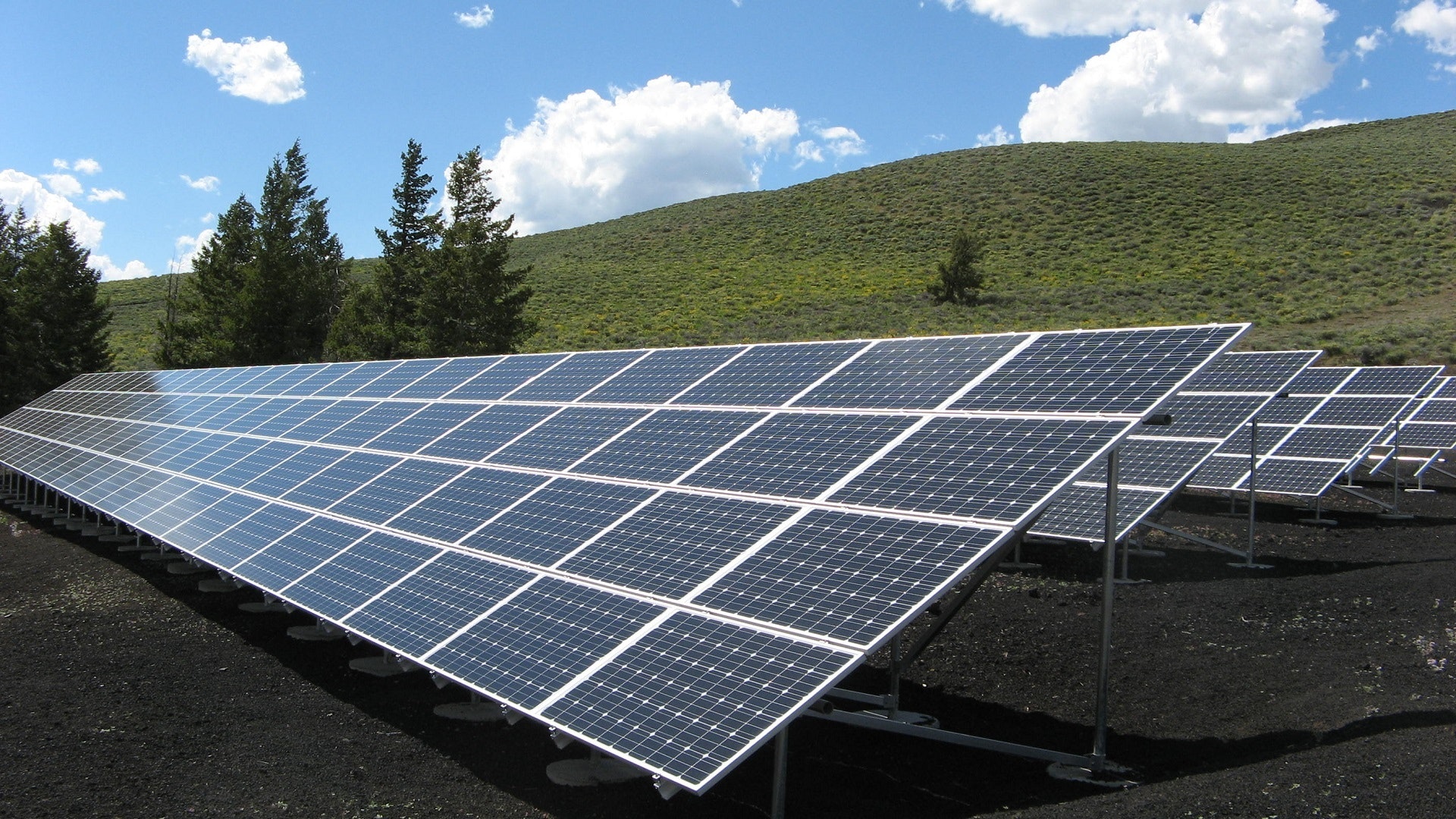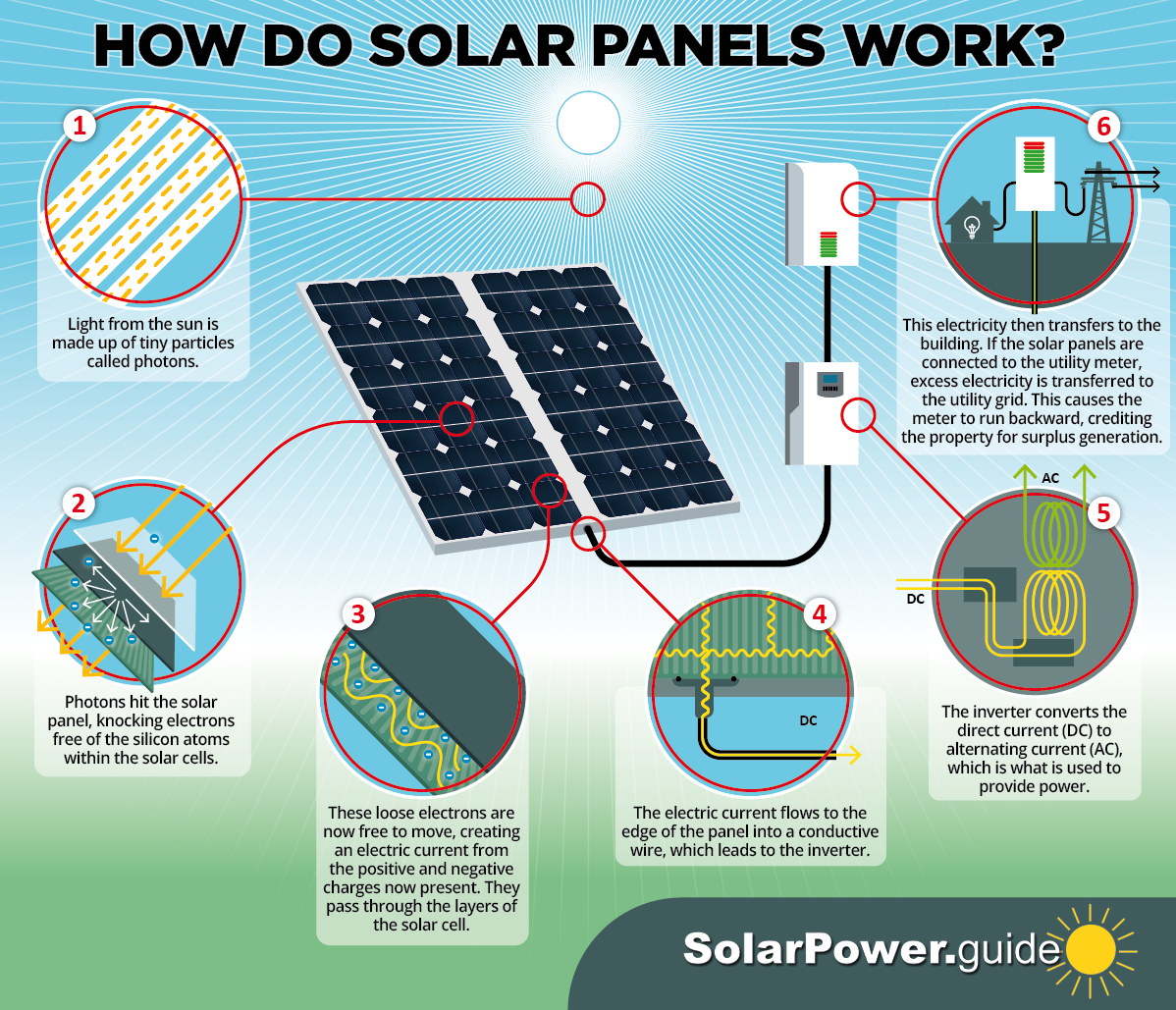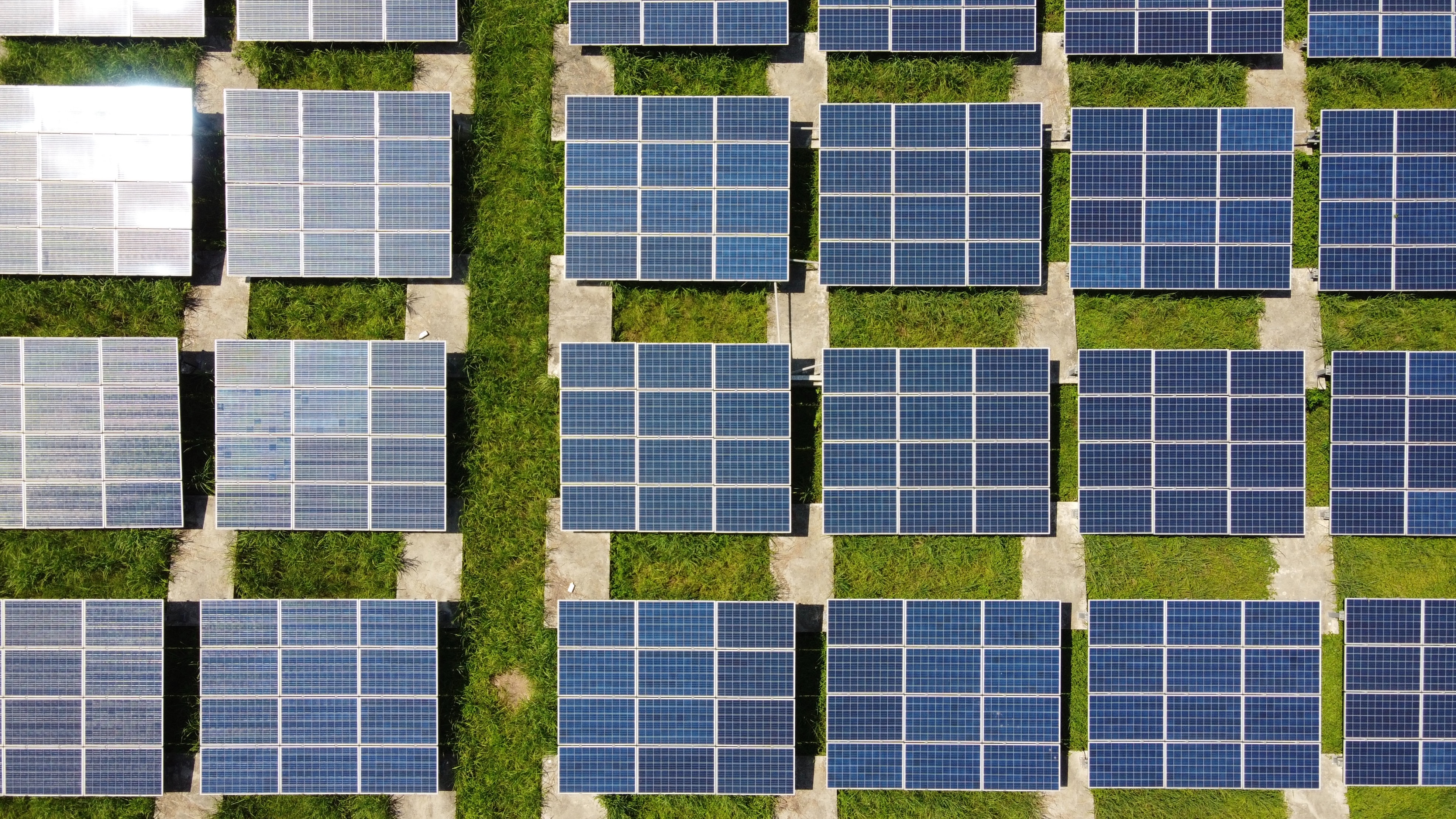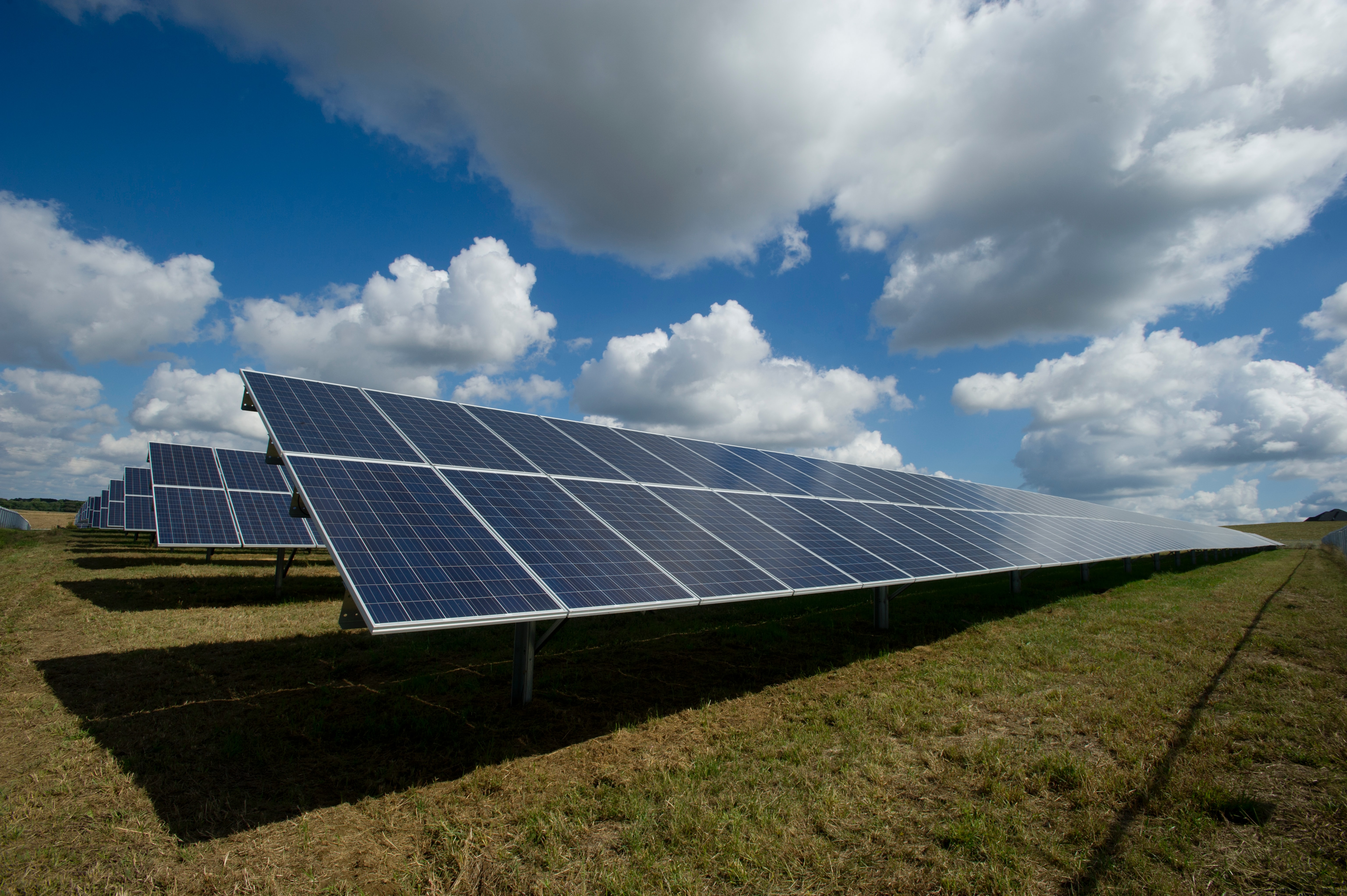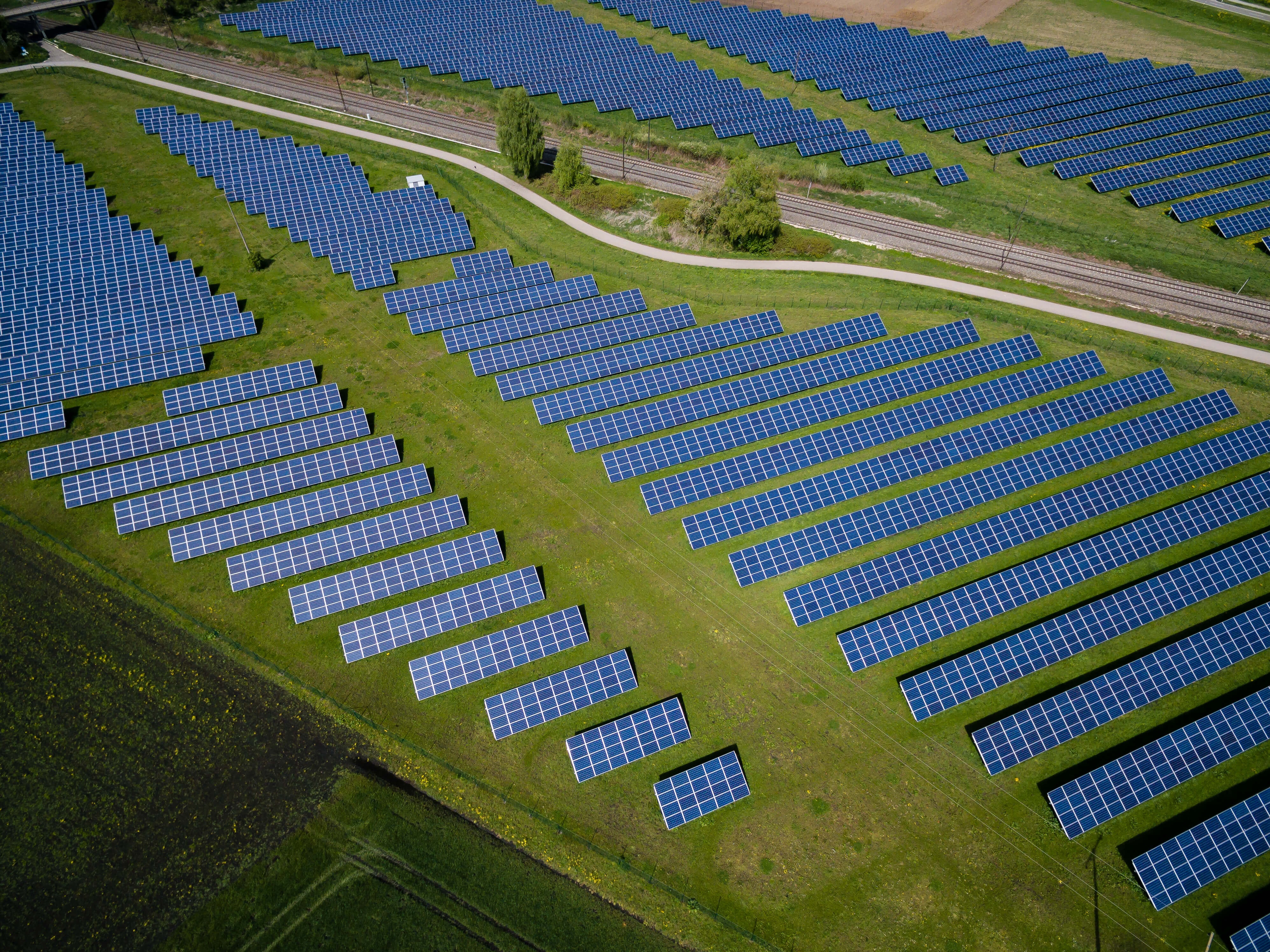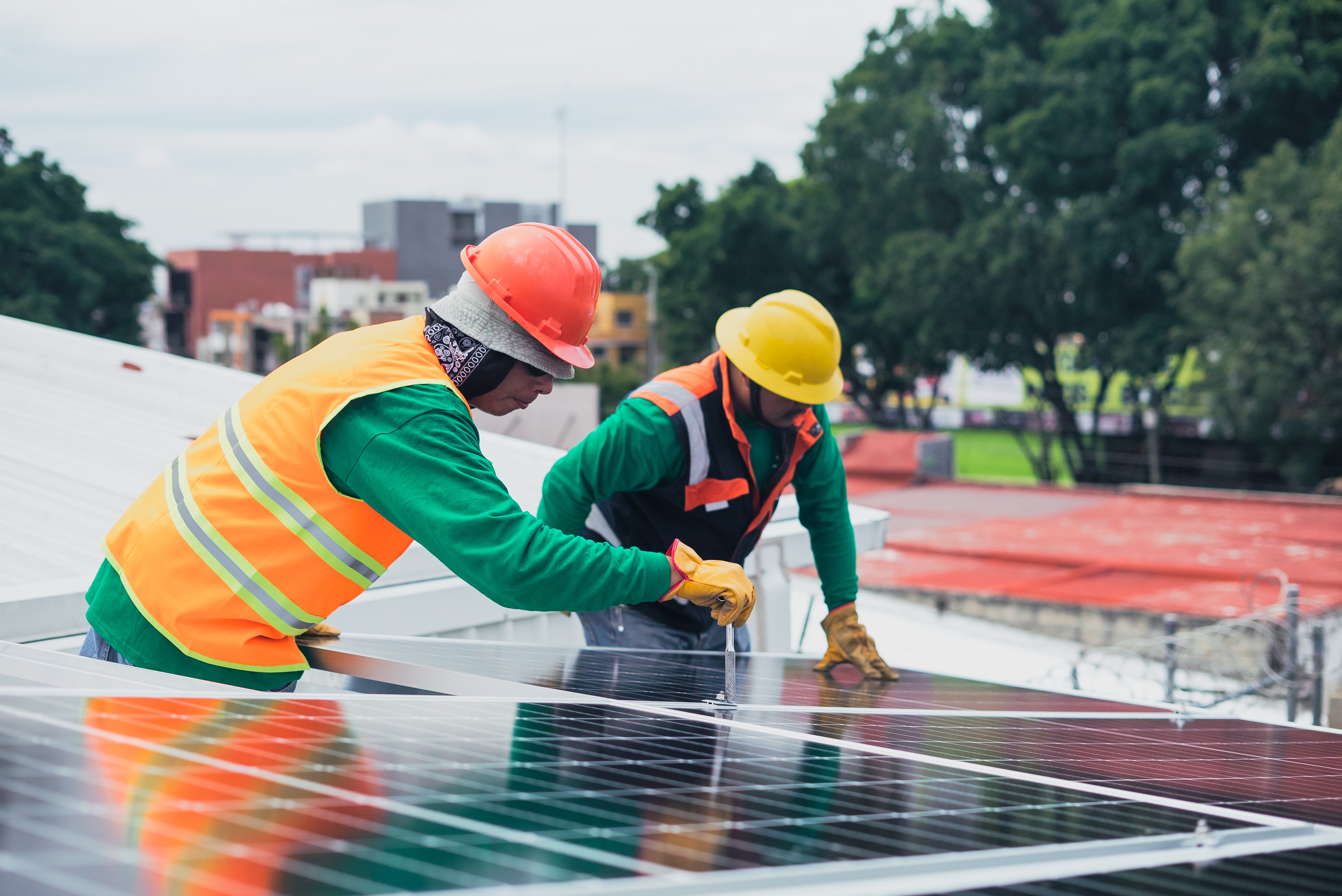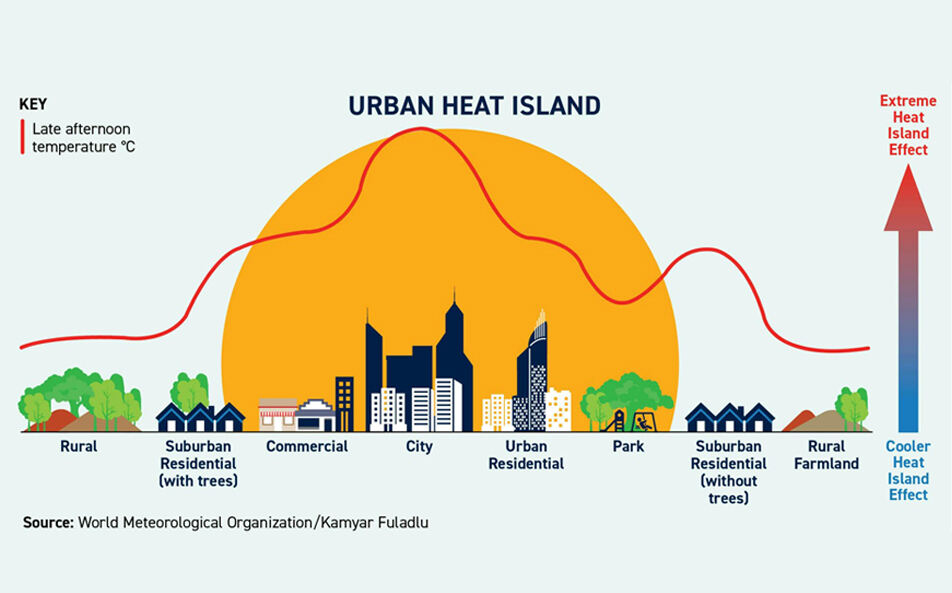
The United Indian

Living in 2023, we all do realize the importance of shifting dependency on renewable sources of energy for our needs. With limited resources, climate change, environmental concerns, and for our future generations to sustain, being conscious of our choices is not an option; rather, it is a requisite for our survival. Renewable energy sources refer to sustainable energy – something that can’t run out or is endless, like the sun or wind. Adapting to renewable sources of energy can gradually eliminate our dependency on fossil fuels, provide clean and sustainable energy and help reduce our carbon footprint. One of the key energy sources we are currently exploring is solar energy. We have been harnessing solar energy for thousands of years—to grow crops, stay warm, and dry foods, and with time we have also accelerated to using it for electricity generation.
What Is Solar Power?
Solar radiation is light – also known as electromagnetic radiation – that is emitted by the sun. These radiations are capable of producing heat, causing chemical reactions, or generating electricity. With the use of solar technologies, this radiation is captured and transformed into valuable forms of energy. Solar energy systems come in all shapes and sizes, From residential systems found on rooftops to Utilities, like large solar power plants aiming to provide energy to all customers connected to the grid; one can choose as per the requirement. Classic crystalline silicon panels and emerging technologies using thin-film solar cells, including building-integrated photovoltaics, can be installed by homeowners and businesses on their rooftops to replace or augment the conventional electric supply.
How Does Solar Power Work?
Solar technologies convert sunlight into electrical energy either through photovoltaic (PV) panels or through mirrors that concentrate solar radiation. This energy can be used to generate electricity or be stored in batteries or thermal storage.
Photovoltaics Basics
When the sun shines onto a solar panel, energy from the sunlight gets absorbed by the PV cells in the panel. In such cells, a small electric voltage is generated when light strikes the junction between a metal and a semiconductor (such as silicon) or the junction between two different semiconductors. This energy creates electrical charges that move in response to an internal electric field in the cell, causing electricity to flow.
Concentrating Solar-Thermal Power Basics
Concentrating solar-thermal power (CSP) systems use multiple lenses / reflectors / mirrors to reflect and concentrate sunlight onto receivers that collect solar energy and convert it to heat, which can then be used to produce electricity or stored for later use. It is used primarily in huge power plants.
Thermal Energy Basics
On a much larger scale, solar-thermal power plants employ various techniques to concentrate the sun's energy as a heat source. The heat is then used to boil water to drive a steam turbine that generates electricity in much the same fashion as coal and nuclear power plants, supplying electricity for thousands of people.
Solar Energy In India
India is endowed with vast solar energy potential. About 5,000 trillion kWh per year of energy is incident over India's land area, with most parts receiving 4-7 kWh per sq. m per day. This justifies why Solar energy has taken a central place in India's National Action Plan on Climate Change, with National Solar Mission (NSM) as one of the core Missions. NSM is a major initiative of the Government of India with active participation from States to promote ecologically sustainable growth while addressing India's energy security challenges. The Mission had the target of installing 100 GW grid-connected solar power plants by the year 2022. Recently, India stands 4th in solar PV deployment across the globe as of the end of 2021. Solar power installed capacity has reached around 61.97 GW as of 30th November 2022.
Benefits Of Solar Energy
A. Sustainability
The foremost advantage of solar energy is that it is a sustainable alternative to fossil fuels. While fossil fuels have an expiration date that may be fast approaching, the sun is likely to be around for at least a few billion years. Since the sun shines across the globe, it makes every country a potential energy producer, thus allowing for greater energy independence and security.
B. Impact on the Environment
Solar energy has the least negative impact on the environment compared to any other energy source as it does not produce greenhouse gas emissions like CO2, as well as other dangerous pollutants such as sulphur oxides, nitrogen oxides, and particulate matter. Also, it does not pollute the water.
C. Reduce Your Energy Bill
Generating your own electricity means that you will be using less from the utility supplier, which immediately translates to savings on your energy bill. Additionally, you can also make money by selling the unused electricity, which you have generated, back to the grid.
D. Solar Energy Is Accessible Everywhere
As long as there is sunshine, solar energy can be deployed anywhere, including remote regions, with no access to any other source of electricity. Independent solar systems could be deployed in those regions and improve the lives of millions of people. Moreover, solar energy is also used to power up spacecraft and boats.
E. Low Maintenance Costs
solar energy doesn't require any external supply to work, so its maintenance and energy production costs are practically zero. Moreover, Solar energy systems generally don't require a lot of care. You only need to keep them relatively clean, so cleaning them a couple of times per year will be enough for their smooth functioning.
F. Minimal loss of energy during long-distance transport
Losses during the transport and distribution of energy increase with the distance between the production and supply points. Although these losses are not very large, they do affect the performance of the installation in densely-populated areas. Since the panels are practically on rooftops, the distances are drastically reduced, increasing the efficiency of the electrical system.
The Future Of Solar Energy
It is an astonishing fact that the amount of sunlight that strikes the earth's surface in an hour and a half is enough to handle the entire world's energy consumption for a full year. In stark contrast to the finite fossil fuels like coal, petroleum, and natural gas, the inexhaustible supply and its non-polluting character make Solar energy a smart, sustainable choice for the present scenario. Solar PV accounted for 3.6% of global electricity generation in 2021, and it remains the third largest renewable electricity technology behind hydropower and wind. If judiciously harnessed, this highly diffused source has the potential to satisfy all future energy needs.
Key Takeaways
Solar energy can help reduce electricity costs and contribute to a resilient electrical grid. The only concern with Solar power is that though solar energy itself is free, the high cost of its collection, conversion, and storage still limits its exploitation in many places. Further work is needed to improve the efficiency and cost-effectiveness of these devices for industrial use. With new developments, we will surely witness tremendous opportunities and solutions regarding the same. Technology in the solar power industry is constantly advancing, and improvements will intensify in the future. Innovations in quantum physics and nanotechnology can potentially increase the effectiveness of solar panels and double, or even triple, the electrical input of solar power systems. It is also important to note that solar power lets us avoids the costs associated with environmental damage through extraction, spills, and dealing with pollution created through combustion. Despite the drawbacks, solar energy use has surged at about 20 percent a year over the past 15 years, thanks to rapidly falling prices and gains in efficiency. Japan, Germany, India, and the United States are major markets for solar cells. With tax incentives and efficient coordination with energy companies, solar electricity can often pay for itself in five to ten years. If we wish to mend the damage we have already done to mother earth, we all must join hands and be together in this, taking all possible measures at the individual level as well.
References
- https://www.energy.gov/eere/solar/how-does-solar-work
- https://www.edfenergy.com/for-home/energywise/renewable-energy-sources
- https://www.britannica.com/science/solar-energy
- https://www.techtarget.com/whatis/definition/solar-power
- https://www.greenmatch.co.uk/blog/2014/09/7-benefits-of-using-solar-energy
Read more in Environment
May 27, 2025
TUI Staff
May 27, 2025
TUI Staff

Stay Tuned with The United Indian!
Our news blog is dedicated to sharing valuable and pertinent content for Indian citizens. Our blog news covering a wide range of categories including technology, environment, government & economy ensures that you stay informed about the topics that matter most. Follow The United Indian to never miss out on the latest trending news in India.
©The United Indian 2024

